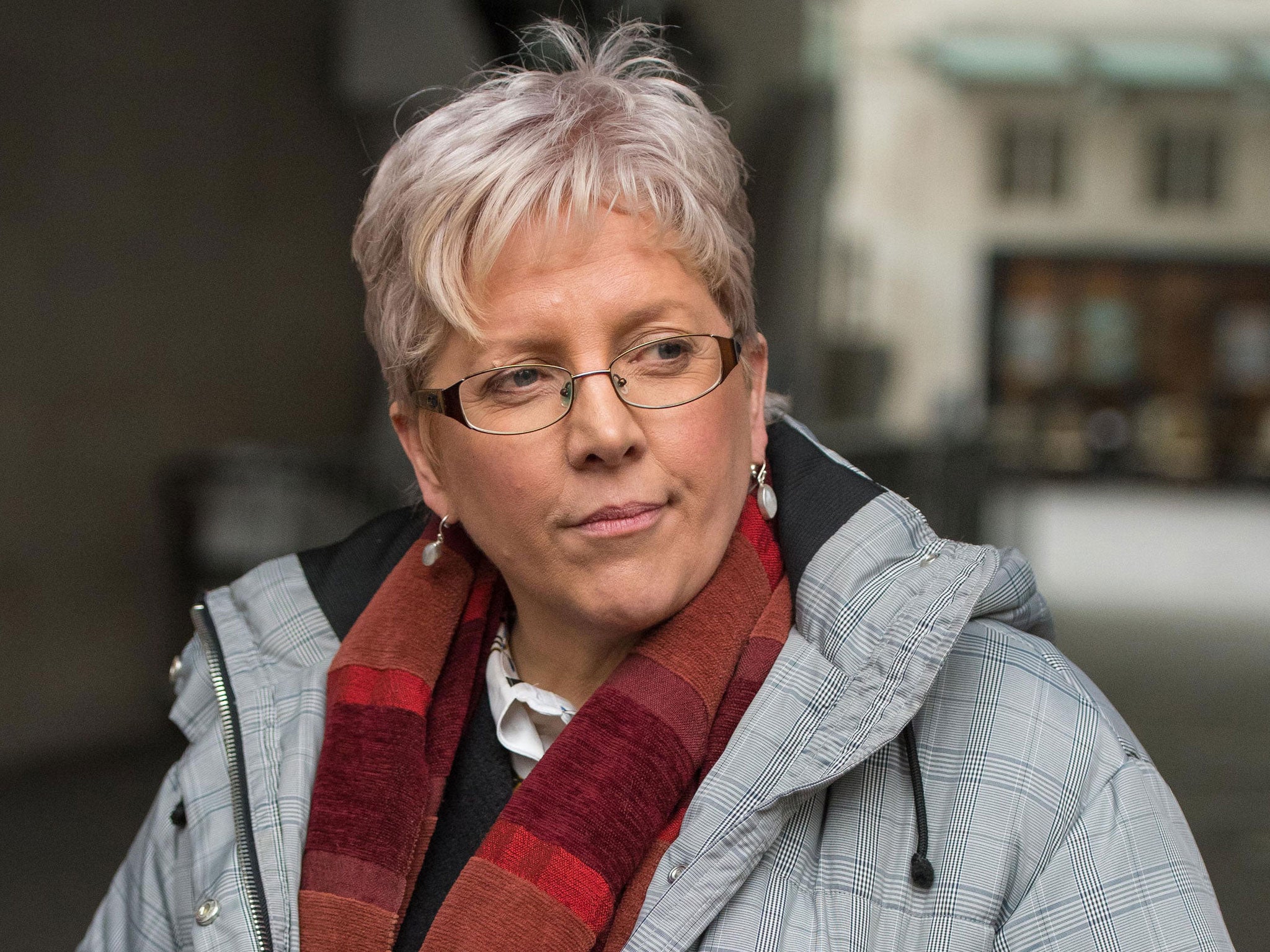Two-thirds of Britain's gender pay gap 'unexplained', says ONS
Statisticians say pay discrimination might be part of explanation for disparity

Around two-thirds of the UK gender pay gap cannot be explained by factors such as the relative lack of senior women in the workplace and the numbers of them who work part-time, according to new analysis by the Office for National Statistics.
The ONS reported in October that the gender pay gap was 9.1 per cent in 2017, meaning that, on average, men are paid more than women.
A proportion of this gap is due to the fact that more men are in senior roles in companies, which means they are in jobs which have a higher salary attached to them, and also because relatively more women work part time, which is lower paid per hour.
But when the ONS adjusted for these factors it found they could only account for 36.1 per cent of the median hourly pay gap. The rest – 63.9 per cent – was still unexplained.
The analysts said that this did not mean that two thirds of the gap must be attributable to pay discrimination by employers, saying women’s relative academic qualifications and domestic caring responsibilities are also likely to be factors they did not capture in their modelling exercise.
But it said pay discrimination might be part of the explanation for the remaining gap.
“Factors such as the number of children, the age of children, whether parents have any caring responsibilities, the number of years spent in school and the highest level of qualification achieved are likely to improve the estimation of men’s and women’s pay structures and consequently decrease the unexplained element of the pay gap,” the ONS said.
“As a result, the unexplained element should not be interpreted as a measure of discriminatory behaviour, though it is possible that this plays a part”.
Of the 36.1 per cent of the pay gap that the ONS could explain, it said the largest chunk – 23 percentage points – was related to occupational differences between the male and female workforce. Around 9 percentage points were attributable to the fact that fewer women work full time.
The 9.1 per cent overall gender pay gap in 2017 was down from 9.4 per cent in 2016 and the lowest since the ONS started calculating the figure in 1997.
The gender pay gap at the BBC was highlighted earlier this month when the corporation's China editor, Carrie Gracie, resigned over the fact that she was paid less than her male counterparts.
The Government has introduced legislation compelling all companies with more than 250 employees to report their internal gender pay gaps by April 2018.
Subscribe to Independent Premium to bookmark this article
Want to bookmark your favourite articles and stories to read or reference later? Start your Independent Premium subscription today.

Join our commenting forum
Join thought-provoking conversations, follow other Independent readers and see their replies